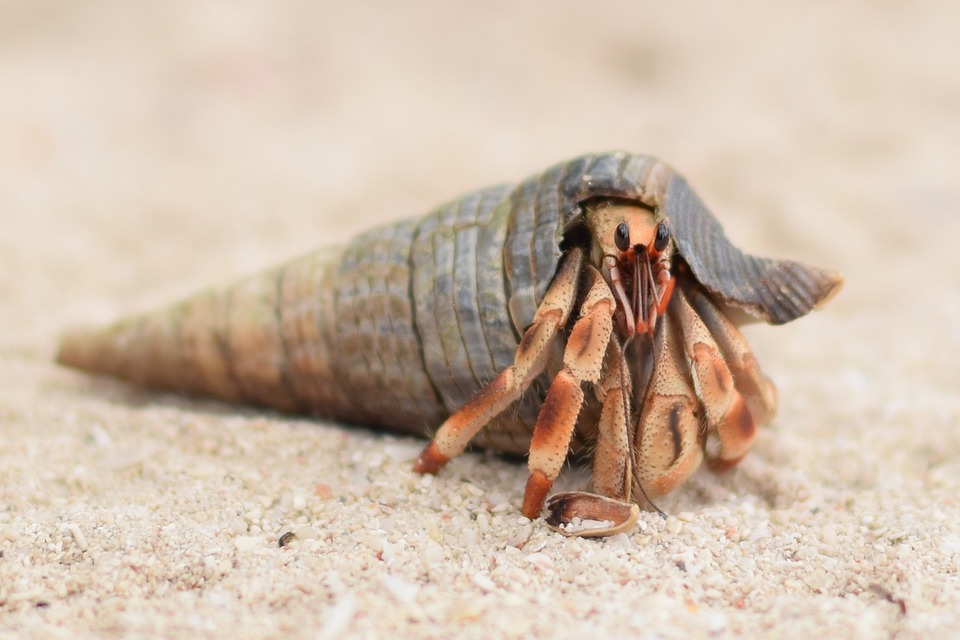Love in the Dark: Scientists Uncover the Secrets of Animal Mating in the Dark
In the animal kingdom, mating is a crucial aspect of survival and reproduction. However, have you ever wondered how animals mate in the dark? It’s a question that has puzzled scientists and animal enthusiasts alike. Recently, researchers have made significant breakthroughs in understanding the fascinating world of animal mating in the dark.
The Challenges of Mating in the Dark
Mating in the dark poses several challenges for animals. Without the aid of visual cues, animals must rely on other senses to locate potential mates and navigate the mating process. This can be particularly challenging for species that rely heavily on visual communication, such as birds and fish.
The Sensory Superheroes of the Animal Kingdom
So, how do animals overcome these challenges? The answer lies in their remarkable sensory abilities. Scientists have discovered that many animals have developed unique adaptations to navigate the dark and find their perfect match.
The Power of Sound
For many animals, sound plays a crucial role in mating. For example, male frogs use their distinctive croaks to attract females, while male birds use their songs to establish territory and attract mates. Even some species of fish use sound waves to communicate with potential partners.
The Art of Smell
Smell is another vital sense that plays a key role in animal mating. Many animals use pheromones, chemical signals that convey information about an individual’s reproductive status, to attract mates. For example, male mice use pheromones to signal their reproductive readiness to females.
The Role of Touch
Touch is also an important sense in animal mating. Many animals use physical contact to establish a connection with their potential mates. For example, some species of fish use gentle nuzzling to initiate courtship, while some species of birds use preening to strengthen their bond.
The Science Behind Animal Mating in the Dark
So, what drives animal mating in the dark? Researchers have discovered that many animals have an innate ability to detect and respond to subtle changes in their environment, such as changes in temperature, humidity, and even magnetic fields. This allows them to navigate the dark and find their perfect match.
The Fascinating World of Animal Mating in the Dark
From the majestic courtship displays of peacocks to the intricate mating rituals of octopuses, the world of animal mating is full of fascinating and often bizarre behaviors. By studying these behaviors, scientists can gain a deeper understanding of the complex social dynamics and evolutionary pressures that shape the animal kingdom.
Image: A male peacock displays his vibrant plumage to attract a female. (Credit: Getty Images)
FAQs
Q: How do animals find their mates in the dark?
A: Animals use a combination of senses, including sound, smell, and touch, to locate and navigate the mating process.
Q: What role do pheromones play in animal mating?
A: Pheromones are chemical signals that convey information about an individual’s reproductive status and play a crucial role in attracting mates.
Q: Can animals see in the dark?
A: While some animals have limited visual capabilities in low light conditions, most animals rely on other senses to navigate the dark.
Q: How do scientists study animal mating in the dark?
A: Scientists use a range of techniques, including observation, experimentation, and analysis of animal behavior, to study animal mating in the dark.
Q: What can we learn from studying animal mating in the dark?
A: By studying animal mating in the dark, scientists can gain a deeper understanding of the complex social dynamics and evolutionary pressures that shape the animal kingdom.
Conclusion
The world of animal mating in the dark is a fascinating and complex phenomenon that has captivated scientists and animal enthusiasts alike. By exploring the unique adaptations and behaviors of animals that mate in the dark, we can gain a deeper appreciation for the intricate social dynamics and evolutionary pressures that shape the animal kingdom.



